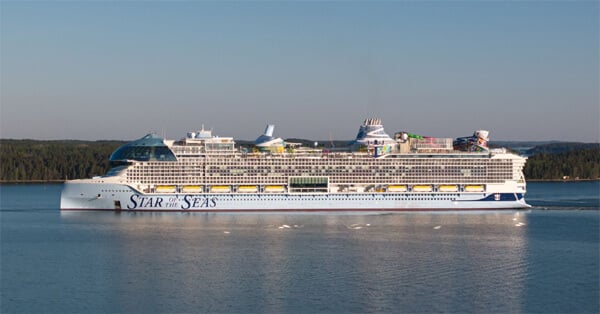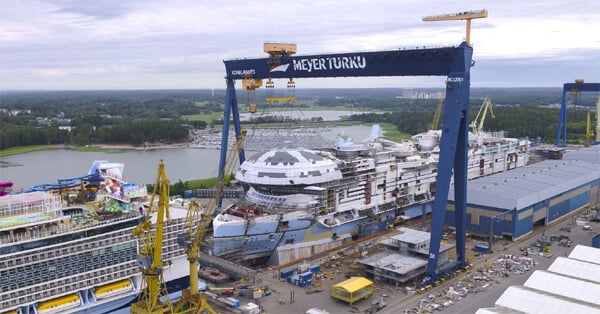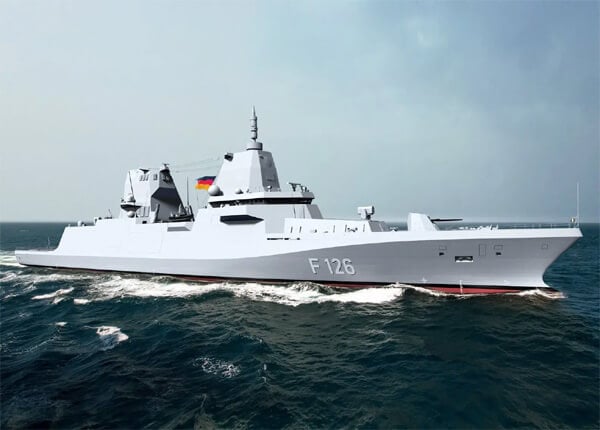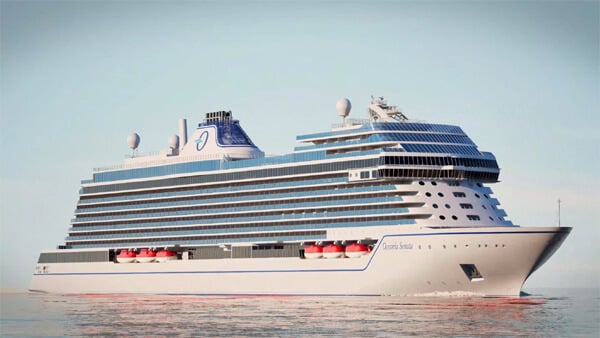DOT Expands Marine Highway Program, Adding 850 Miles of Waterways
The U.S. Maritime Administration has added nearly 850 miles of inland waterways to the Marine Highway Program, expanding federal grant eligibility for shipping development projects to new routes.
“Coming from the Midwest, I’ve seen firsthand how maritime dominance isn’t just about our oceans. Our nation's many rivers and inland ports are crucial resources to moving great American products to markets across the country and around the world," said U.S. Transportation Secretary Sean P. Duffy. “Expanding the Marine Highway Program will strengthen the Great Lakes economy and other regional communities.”
The expansion centers on a route that runs through the Great Lakes, dubbed M-90. This corridor is more than 2,300 miles long, and stretches all the way from Minnesota to New York. The expansion includes the addition of new authorized project sponsors on the M-90 route: the states of Wisconsin, Illinois, Minnesota, Michigan, and New York, along with Ports of Indiana and the Erie-Western Pennsylvania Port Authority.
The expansion also authorizes four new routes on the Big Sandy River (Kentucky/West Virginia), Cumberland River (Kentucky/Tennessee), Green River (Kentucky) and Ouachita River (Louisiana/Arkansas).
The Marine Highway designation allows local stakeholders to apply for federal grant funding for waterborne transport projects. Marine Highway Program dollars support services to shift more freight from the road to the waterway, like container-on-barge operations. The program often underwrites terminal improvements like new port cranes, cargo handling equipment or wharf construction. MHP grants usually total in the range of $5 to $40 million per year, depending upon funding availability.
Secretary Duffy is about to tackle much larger budget lines as the newly-appointed acting administrator of NASA, taking over from interim administrator Janet Petro. On Wednesday, President Donald Trump added NASA to Duffy's portfolio on a temporary basis while the administration looks for a replacement for former NASA chief nominee Jared Isaacman, a close associate of SpaceX owner Elon Musk. Isaacman's name was withdrawn in late May after the falling-out between Trump and Musk, with Trump citing a review of Isaacman's "prior associations."
MARAD also remains without a confirmed administrator, six months after the resignation of former agency chief Adm. Ann Phillips. Nominee Stephen Carmel awaits confirmation by the Senate, and MARAD is currently run by a longtime congressional aide, Sang Yi.



